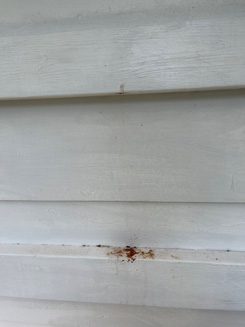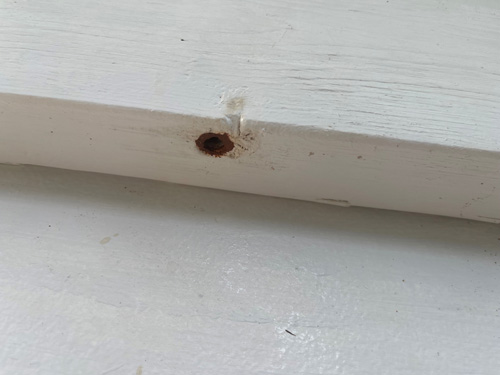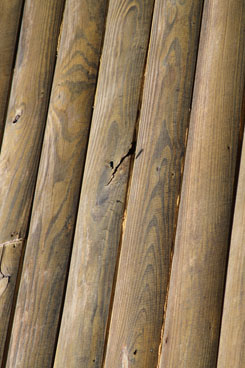Enviroguard Pest Solutions
Office 706-965-9078
Text 423-315-6609
456 Bandy Lane, Ringgold, GA 30736
Exit 345 on I-75
Carpenter Bees

What are Carpenter Bees?
Most carpenters are welcome but two are not - the carpenter ant and the carpenter bee. Unlike termites, these pests don't actually eat wood but they do burrow and build their nests in the wood of your home and are classified as wood-destroying organisms.
Carpenter bees are large, about one inch long, and are yellow and black. They are heavy-bodied, and their wings are blue-black to black colored. They resemble bumblebees. They appear around homes and are a nuisance. Although it is rare to be stung by one, their sheer size is scary and people generally stay clear of them.
Both male and female carpenter bees live in nest tunnels in the wood of your home during the winter. They emerge in the spring to mate. Carpenter bees may be seen flying very erratically or hovering around the heads of people, causing fear. The male spends most of his time flying around, guarding the nest. This is ironic, as he has no stinger. Only the female can sting, but seldom does.

Sign of Carpenter Bee activity

Carpenter Bees’ entry hole
Homeowners complain not only about their aggressive nature, but about the round holes bored into wood trim near eaves and gables of homes, fascia boards, porch ceilings, outdoor wooden furniture, decks, railings, fence posts, siding, shingles, dead tree limbs and other weathered wood. Their initial damage is minor, but new tunnels may be excavated and old ones enlarged, causing considerable wood and structural damage. Also, the yellow, coarse sawdust from borings beneath their entry hole contain their waste materials, leaving unsightly stains which can be difficult to remove.
Carpenter bees get their name from their ability to drill trough wood and nest in it. Their drilling creates a near perfect hole approximately 1/2 inch in diameter. This hole is usually located on the underside of wood surfaces. Although the hole appears to be only an inch or two deep, it does not end there. The female carpenter bee will move 90 degrees and bore a channel from 6 inches to 4 feet long. This channel serves as a main corridor from which she will drill small chambers a few inches deep. She can excavate up to one inch in six days. These chambers become egg holders. She will deposit an egg, bring in some food, and then seal it off to ensure the egg's development. When the life cycle is complete, the new adults emerge in late summer.
A single pair (male and female) occupies each nest. It is not uncommon to find several pairs of carpenter bees nesting in one structure. They frequently nest near each other and often in the same area year after year, causing extensive damage and costly repairs. You may find old holes near newer ones. Sometimes the female will renovate an old nest gallery and reuse it. These pests can also be transported to your home in lumber and in large-stemmed plants.
The female will go in and out of the nest frequently, so patience will show your Enviroguard pest management professional where the entrance is. Other signs of infestations include the coarse frass (sawdust) or pollen on the ground below the area being chewed and excavated, and dirty-yellow streaks of fecal matter staining the wood below the hole. Enviroguard Pest Solutions professional will kill the bees with a liquid insecticide. To destroy the bee's young, an insecticidal dust will be injected into the nest galleries once the bees emerge. Holes will also be sealed to prevent any future re-infestations.


